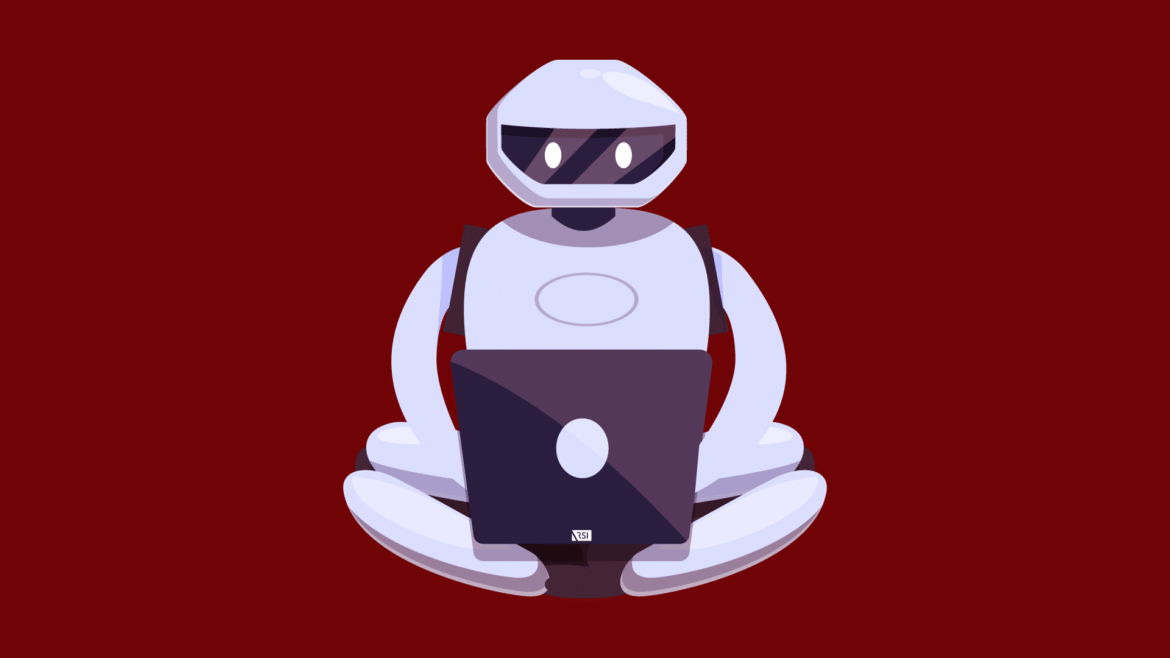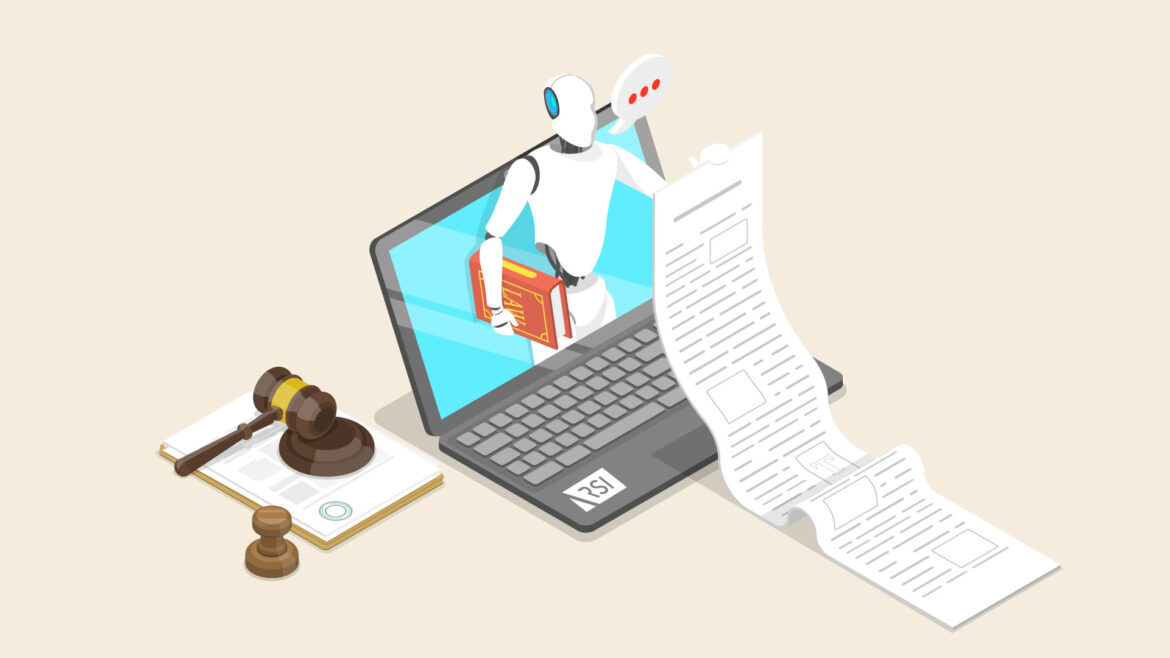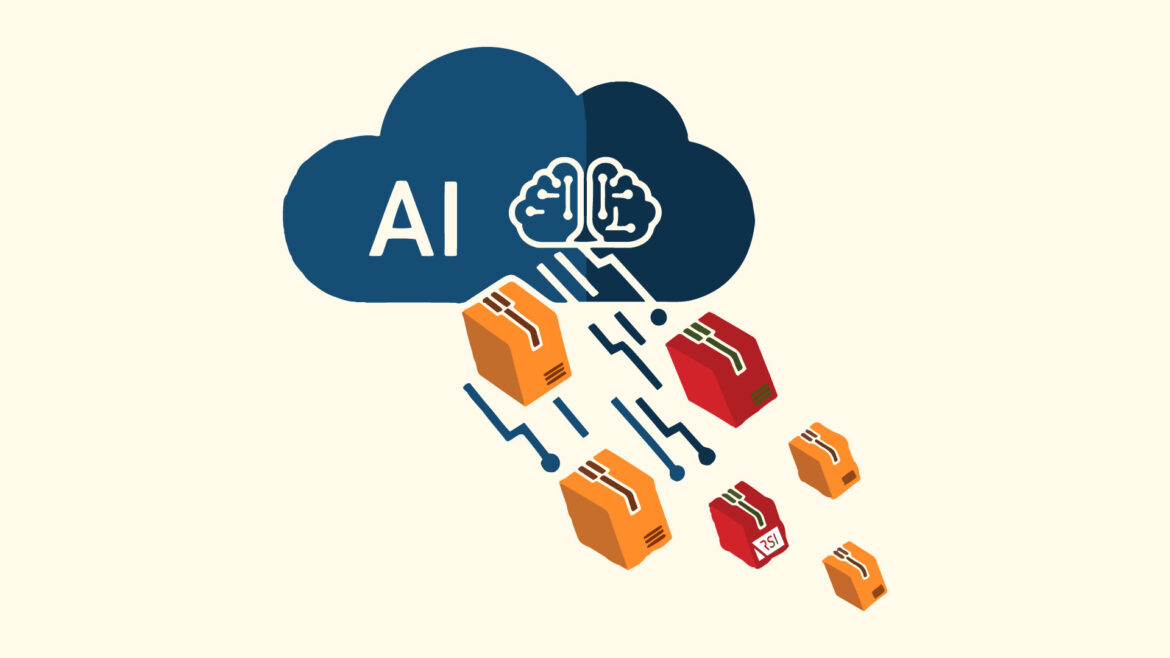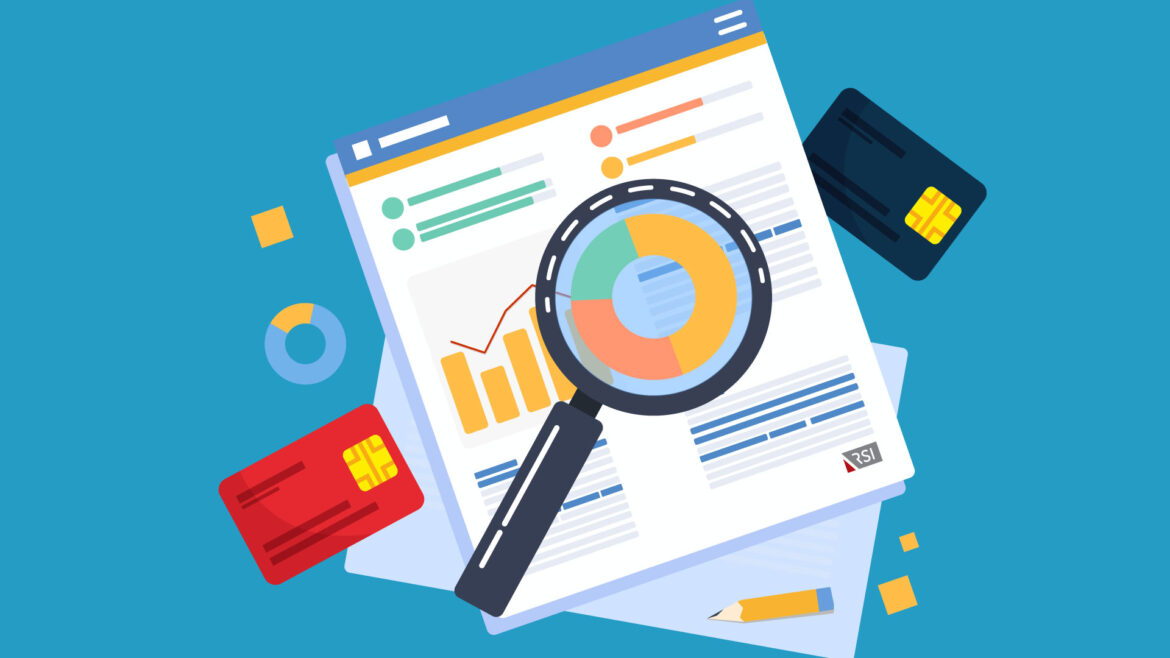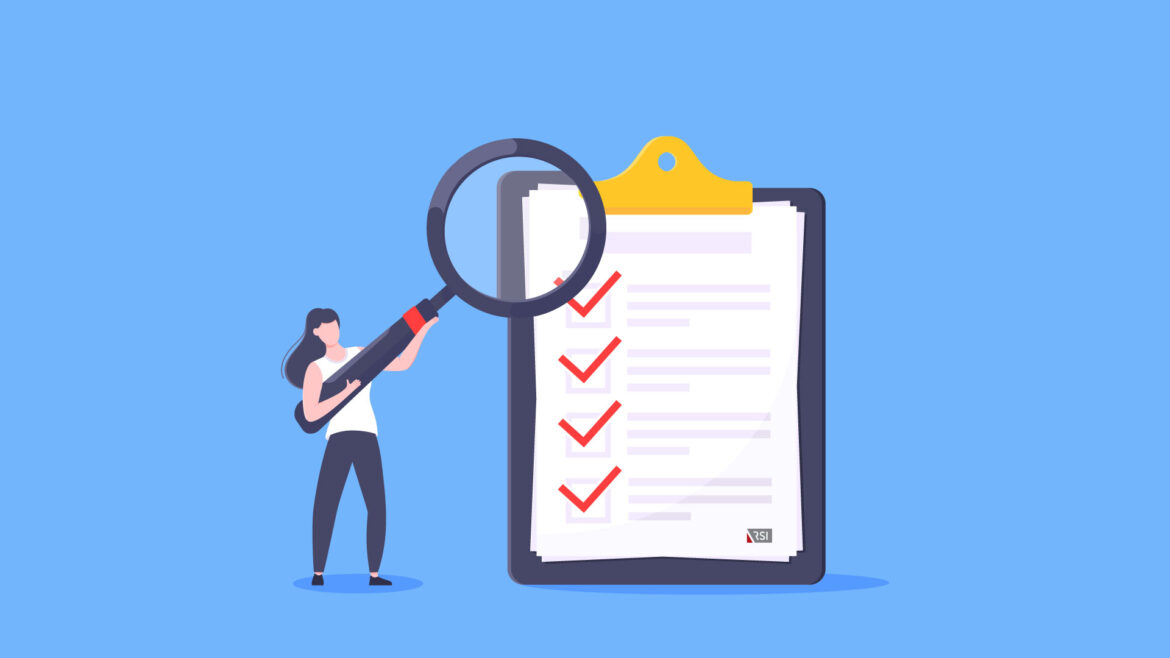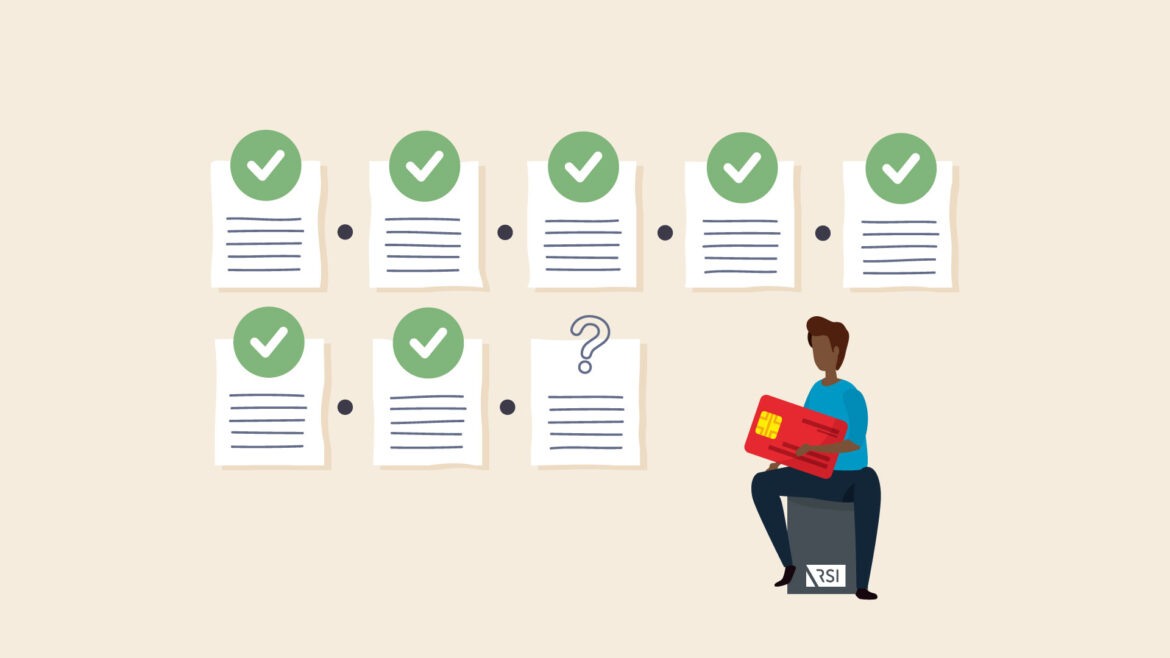Staying informed about all of the cyber security compliance standards is essential to keeping your company safe from hackers. Read on to learn about the various steps you can take to stay up to date with your industry’s compliance standards.
The digital arms race is accelerating, and artificial intelligence (AI) is becoming both a weapon and a target. As AI systems increasingly interact, a new generation of attack vectors is emerging, where one intelligent system exploits another’s weaknesses at machine speed.
These aren’t theoretical threats. From prompt injection to feedback loop manipulation, malicious AI systems are already probing and exploiting vulnerabilities in other AIs. Understanding these attack vectors is critical to defending the next wave of intelligent infrastructure and maintaining trust in automated decision-making.
